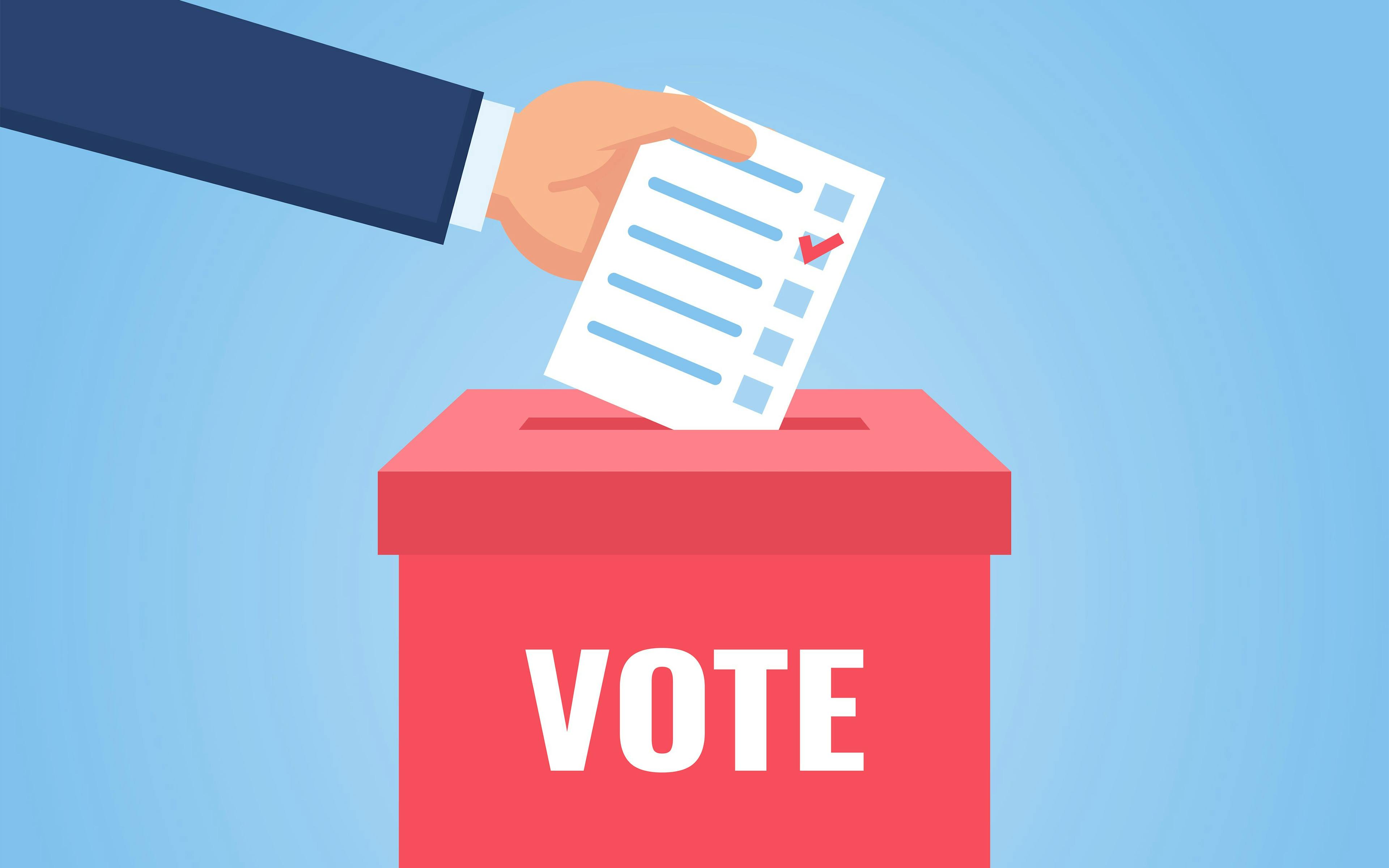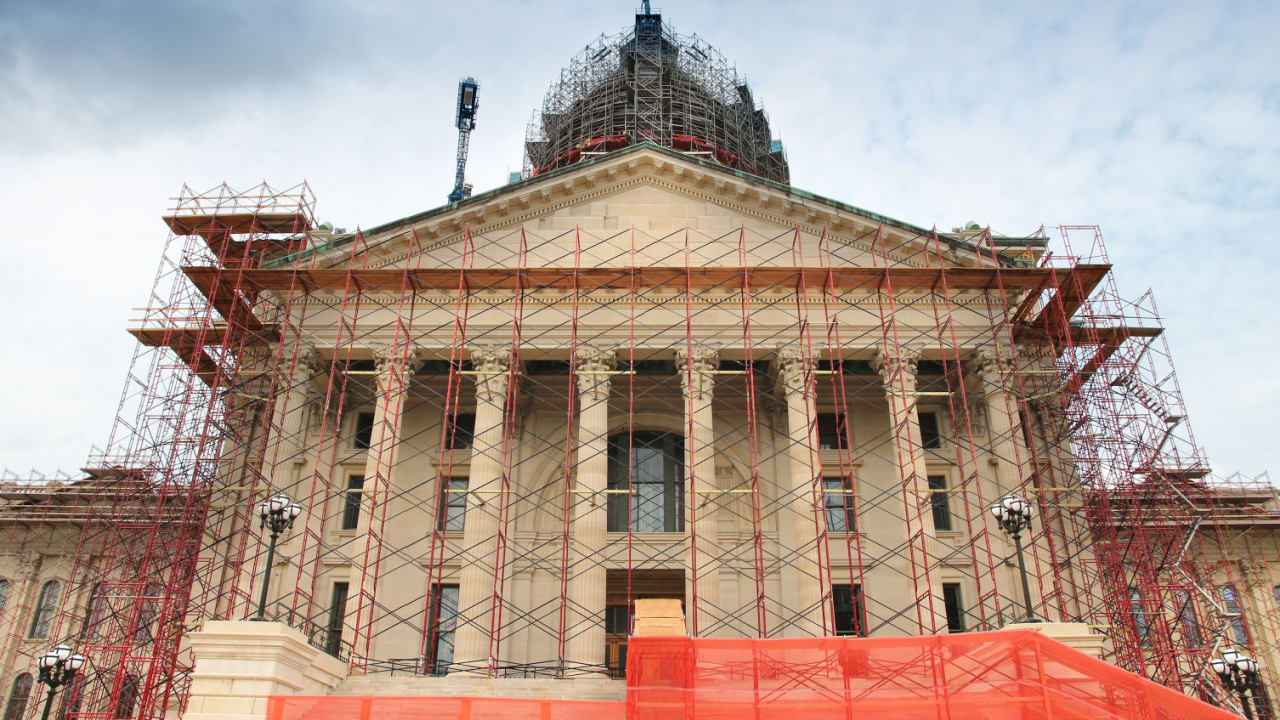
Amid a Global Pandemic, the 2020 Election Takes Shape
With the exit of Sen. Bernie Sanders (D-Vt.) from the 2020 Democratic Presidential Primary, two familiar names are left at the top of the ticket: President Donald J. Trump and former two-time Vice President Joe Biden. Were it not for highly unusual global circumstances, the race would seem like a classic faceoff, pitting an incumbent president against a former vice president.
Historically, for a variety of different reasons, incumbent presidents generally win campaigns for reelection. Since 1900, 19 incumbents have sought reelection and only five lost their campaigns. Curiously, in just the past generation, three incumbents—George H.W. Bush (1992), Jimmy Carter (1980) and Gerald Ford (1976)—failed to return to the White House. Yet, in each election since 1900 wherein an incumbent president lost seeking reelection, each was to a sitting governor: Bush (to Clinton), Carter (to Reagan), Ford (to Carter), Hoover (to Roosevelt) and Taft (to Wilson).
Using a different lens to look at the same data, incumbent presidents running for reelection against former or sitting vice presidents had a slightly different level of success. In all, 14 vice presidents have become president. Of those, eight became president by the death of the incumbent; one by resignation (Ford); four via election (John Adams, Thomas Jefferson, Martin Van Buren and George H.W. Bush); and, one as a non-sitting vice president (Nixon in 1968). Further, in just the last generation, three sitting vice presidents seeking the presidency (after having won their party’s nomination) subsequently lost: Nixon in 1960, Humphrey in 1968 and Al Gore in 2000.
However, drawing parallels between the 2020 general presidential election to the elections of the past would assume that the country is operating normally in relation to other periods in history. Today, tomorrow and for the extended short-term future, America and the global community are facing times outside the realm of normalcy. What would seem to be a classic campaign will, at least for now, teeter on variables beyond the immediate control of either candidate.
Without pretending to own a crystal ball, it is possible to recap known facts: The options for president will be two white men over the age of 70 who are separated by very distinct election pitches. Though Democratic primary voters have decided which septuagenarian will lead the Democratic ticket in November, predicting the preference of voters in the general election is less certain. Many voters, pre-coronavirus-induced shutdown, had the bandwidth to entertain the idea of intricacies of a broad range of policies and criteria before actually voting on which candidate best suited that vision. Almost overnight, the 2020 political paradigm has shifted to a new reality. Widespread uncertainty over the spread of COVID-19 and rising anxiety about the change in economic and social realities has upended this political cycle.
The outcome of the COVID-19 response is sure to become paramount for voters weighing Trump’s reelection. The virus has given him an opportunity to prove his reelection pitch, which is: Americans are better off economically than before he took office; they should stick with him, rather than siding with Democrats in November.
If voters reelect the president either on the heels of or amid this global-pandemic-turned-daily-crisis, then it will validate a trust in him as the best option to return the economy to its state prior to the emergence of COVID-19.
However, should the president lose reelection, voters will have opted to hand the keys to a struggling economy to Joe Biden, who has chosen to inch closer to his most recently defeated rival’s platform. Embracing tenets of Sanders’ platform seems like the correct political calculation for Biden in order to shore up support and enthusiasm among the new, younger, more diverse Democratic base and avoid repeating the mistakes of Democrats in 2016.
It remains unclear, however, whether Sanders’ supporters will vote for Biden, but poll after poll during the primary illustrated that the Democratic priority is to win the election this November, so most progressive holdouts said that they would back the presumptive nominee. After losing Michigan, Wisconsin and Pennsylvania by a total of approximately 80,000 votes in 2016, Democrats hope that a united front in the spring can bring success come fall.
Either way, this race, which seemed destined to be headlined by the no-small-matter impeachment of the President of the United States, has adapted into a real-time, life-or-death test of competency and leadership for those seeking the White House in November. Meanwhile, the election process itself isn’t immune to the reach of COVID-19. This election will look very different than any in history. Seemingly gone are the days of traveling the country, rallying supporters at town hall meetings, fundraisers and mass rallies.
The focus will turn to the down-ballot election in the months to come, as most election handicappers will put the all-important House and Senate up for grabs for either side seek to return to the majority. The Democrats have coalesced behind Biden more quickly than any election since then-Sen. John Kerry (D-Mass.) in 2004. In response to the pandemic, states across the nation have moved their primary election dates (Fig. 1) and are increasing the options for voters to cast their ballots by mail (Fig. 2).
The United States has learned through this pandemic that historic legislation can be passed, even with the gears of Congress stopped in its tracks like the rest of the workplaces in America—provided the political will on both sides of the aisle is sufficient. In response to the pandemic, this Congress has passed the largest economic recovery package in U.S. history, and some will say it is only the end of the beginning instead of the beginning of the end.
For those who have exercised their Constitutional right to “petition the government for a redress of grievances” over the past few months, it has never been more evident that good government matters, and therefore, that the elections sending our leaders to the negotiating tables matter.
Vance works for Associated Builders and Contractors’ Government Affairs division. Prior to joining ABC, Vance worked in the polling industry. He is a graduate of the University of Arizona and resides in Washington, D.C.
Related stories








